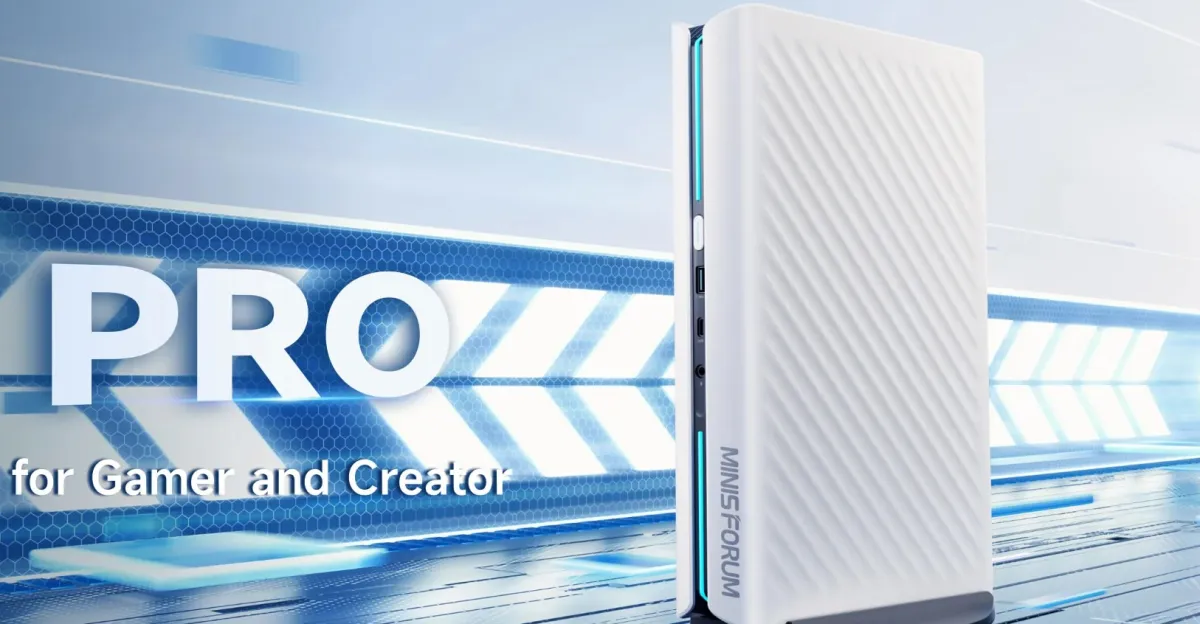Tech
This $1,400 Steam Machine alternative houses a tiny desktop GPU

What if Valve’s Steam Machine were a 3.8-liter tower instead of a 3.8-liter cube, with a desktop-grade Nvidia RTX 5060 GPU instead of an AMD RX 7600 — plus a more powerful CPU and many faster ports? Well, it’d cost you nearly $1,500 and be called the Minisforum AtomMan G1 Pro.
Minisforum is one of the only companies shipping such powerful discrete GPUs in mini-PCs, and its earlier AtomMan G7 PT is the closest thing anyone’s sold to Valve’s own spec. But the new G1 Pro might be a better competitor now it’s got an integrated power supply (like Valve) and even beefier components.
The most surprising feature is a full but lilliputian desktop graphics card — look how cute it is! — that fits into the top of the chassis. (Minisforum doesn’t claim it’s upgradable, just FYI, but does boast that it offers the full 145W of power you’d get in other desktop 5060 cards.)
And, in “Beast Mode,” Minisforum says it can drive the AMD Ryzen 9 8945HX CPU at 100W while that GPU stays at 145W. You also get not one but two M.2 2280 slots for NVMe SSD storage, two SO-DIMM slots for up to 96GB of DDR5 RAM, and five display outputs (2x DP2.1, 1x DP 1.4, and 2x HDMI 2.1) for up to four displays at once.
It’s on sale now with 32GB and 1TB for $1,440, shipping mid January — which is honestly starting to look like a decent deal now that RAM prices are out of control. There’s also a bring-your-own-RAM-and-storage barebones version for $1,040, though it’s not available to order yet.
Valve still isn’t talking price yet, but I’d hope it’s more affordable than this one. Even so, Valve says it put a lot of work into cooling, noise, and wireless connectivity, and Linux drivers are still more mature on the AMD GPU side of things if you’re considering a Bazzite or SteamOS install. GamersNexus’ new video does include Linux benchmarks for desktop RTX 5060, maybe check those out?










